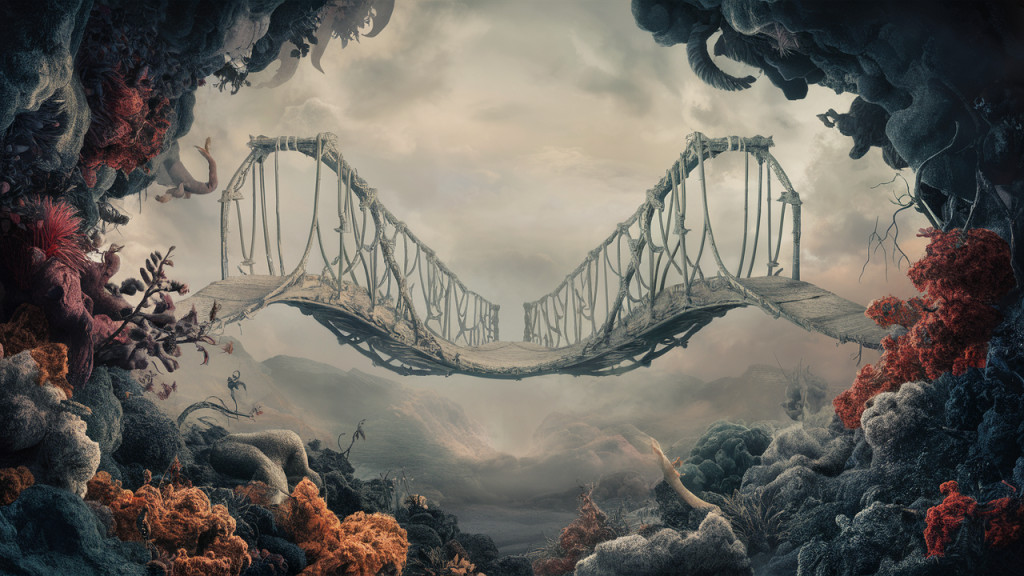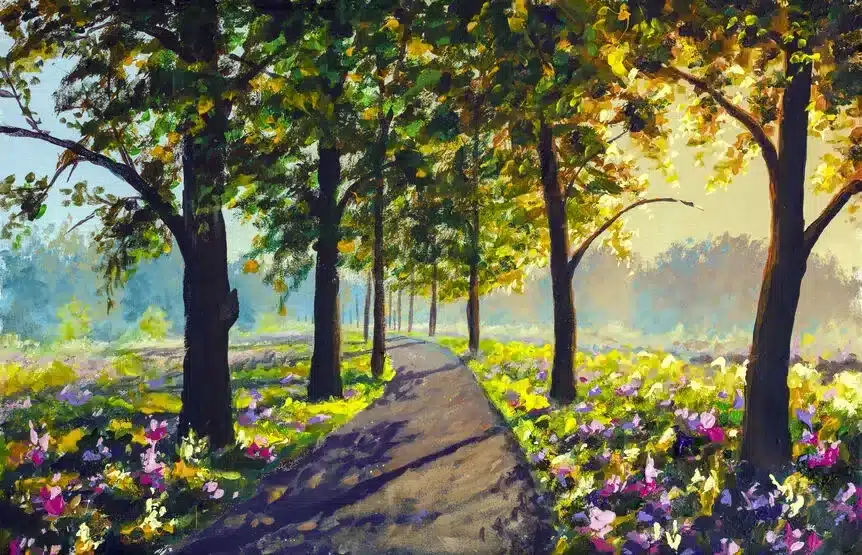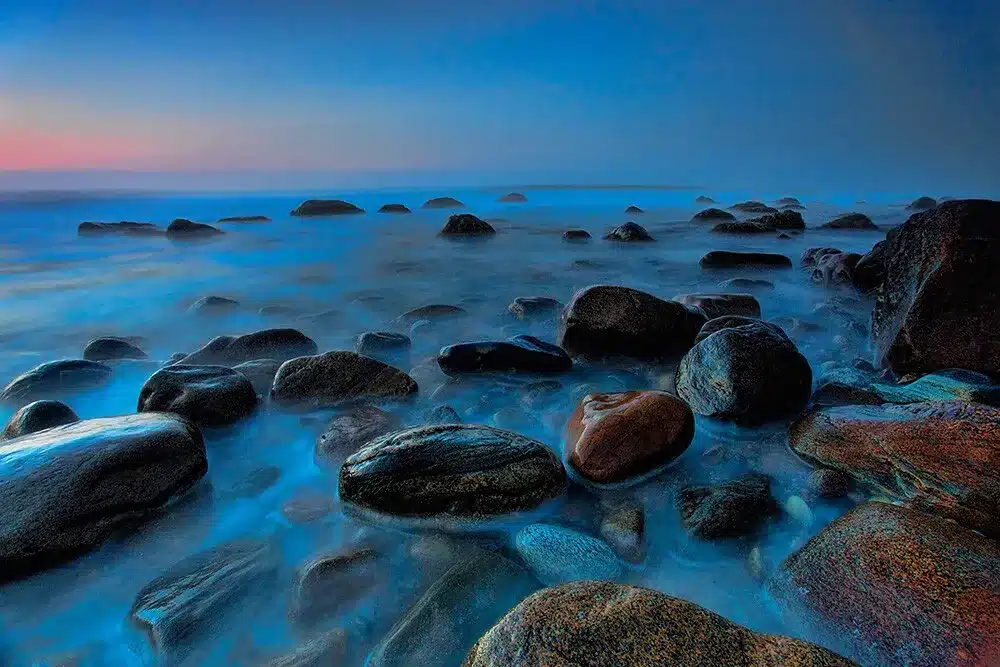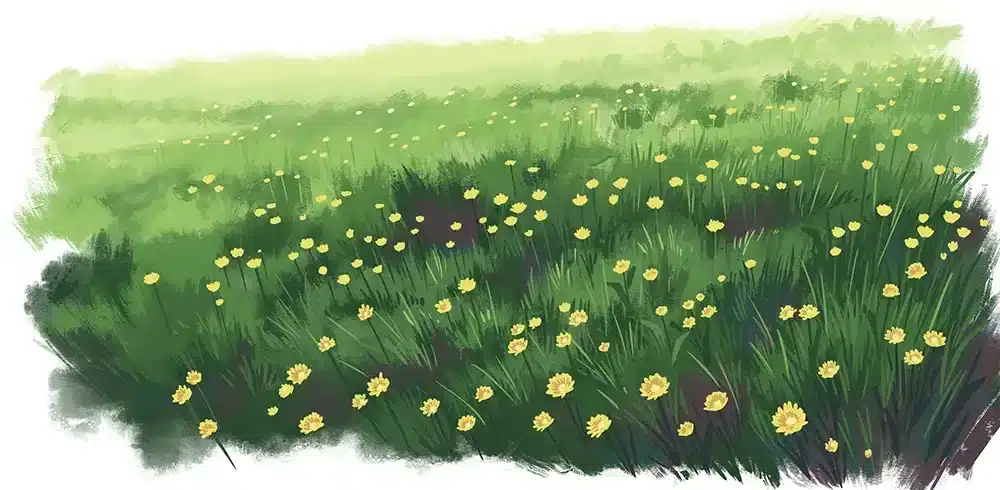Are you struggling to make your artwork stand out? Do your compositions feel flat or uninteresting?
In this article, I’ll show you how foreground art can transform your creative work. You’ll learn practical techniques to add depth and interest to your pieces.
By the end, you’ll have the tools to create stunning foreground elements that grab attention.
I’ve been working with foreground techniques for over a decade.
What I share comes from real experience—both successes and mistakes. Let’s start your art together.
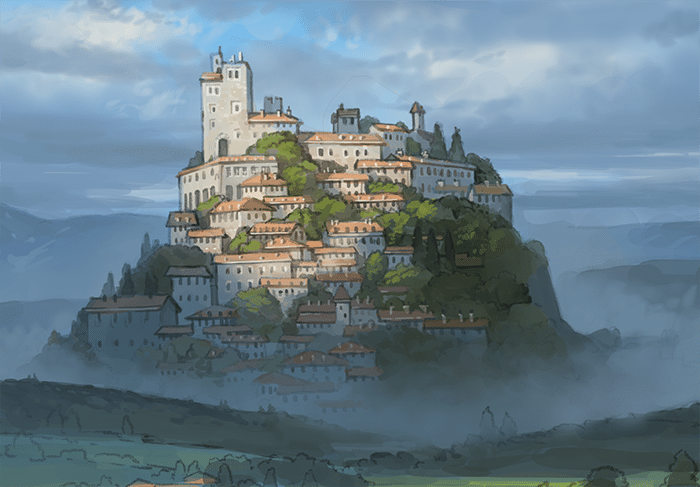
Foreground art is the part of your composition that appears closest to the viewer. It’s the first layer your eyes meet when looking at a piece.
Think of it like a theater stage.
The foreground is where the main actors stand. The middle ground is the supporting cast. The background is the scenery behind them.
Foreground elements create depth. They pull viewers into your world.
When done right, they bridge the gap between imagination and reality. They make flat surfaces feel three-dimensional.
What Does it Include?
Foreground art can include many elements:
- Large objects positioned at the bottom of your composition
- Framing devices like tree branches or window frames
- Detailed textures that appear sharper than background elements
- Higher contrast areas that draw immediate attention
- Overlapping elements that create a sense of depth
The key is placement. Foreground elements sit between the viewer and the main subject.
Sometimes they’re subtle—just a hint of texture. Other times they dominate the composition.
Techniques Used in Foreground Art
Let’s explore some tips and techniques that make foreground art effective.
Scale and Proportion
Size matters in foreground art.
Objects in the foreground should be larger than similar objects in the background. This creates natural perspective.
A flower in the foreground might be huge compared to mountains in the distance.
This contrast helps viewers understand spatial relationships.
Focus and Detail
Foreground elements need sharp focus and fine detail. Our eyes naturally see nearby things with more clarity.
To mimic this, add more texture and definition to foreground elements. In photography, this means using a wider aperture to keep the foreground in focus.
In painting, it means adding more detail to near objects.
Color and Contrast
Foreground elements typically have stronger colors, higher contrast and more saturation.
These qualities make them pop against softer backgrounds.
Use darker values in the foreground and lighter values in the background.
This creates atmospheric perspective, which is the natural way our eyes see distance.
Foreground in Different Art Styles
The foreground is a crucial element in art composition, helping to create depth, focus, and storytelling. Different art styles approach the foreground in unique ways, influencing how the viewer interacts with the scene.
In traditional landscapes, foreground elements often include:
- Trees or foliage at the bottom edge
- Rocks or terrain features
- Water elements like streams
- Human figures or animals
These elements guide the viewer’s eye toward the middle ground and background.
Photography

Photographers use foreground elements to:
- Frame the main subject
- Add context to a scene
- Create leading lines
- Add visual interest
A common technique is finding interesting objects to place in the lower third of the frame.
- Layer controls for precise placement
- Filter effects for focus adjustment
- Easy color manipulation
- The ability to test different foreground options
Many digital artists add foreground elements in post-production to enhance compositions.
Common Mistakes and How to Avoid Them
If you’re a beginner or an experienced artist, certain mistakes can hinder your progress. Recognizing these common pitfalls and learning how to avoid them will help improve your artistic skills.
Distracting Foreground
When foreground elements are too busy, they compete with your main subject.
Keep foreground elements simpler than your focal point. They should enhance, not distract.
Floating Objects
Without proper grounding, foreground elements look like they’re floating.
Connect foreground elements to the edges of your composition or show where they meet the ground.
Inconsistent Lighting
When foreground lighting doesn’t match the rest of the scene, it breaks the illusion.
Make sure shadows and highlights follow the same light source across all layers of your composition.
Poor Transitions
Abrupt shifts between foreground and middle ground look unnatural.
Create gradual transitions with overlapping elements or atmospheric effects.
Conclusion
Foreground art is a powerful tool for creating depth and interest in your work. It pulls viewers in and helps tell your visual story.
Remember these key points:
- Foreground creates depth through scale, detail, and positioning
- Different art forms use foreground techniques in unique ways
- Avoiding common mistakes will strengthen your compositions
Start looking for foreground opportunities in your next piece. Even small additions can transform flat work into dynamic, engaging art.
With practice, you’ll develop an intuitive sense for when and how to use foreground elements, and your artwork will gain a new dimension of visual interest.
Frequently Asked Questions
Do I Need Foreground Elements in Every Composition?
No. Some compositions work beautifully without prominent foreground elements. Simple scenes often don’t need them.
How Much of My Composition Should Be Foreground?
There’s no fixed rule. In general, foreground elements work best when they occupy 10-30% of your composition. Too much can overwhelm your main subject.
Can Negative Space Serve as Foreground?
Space in the foreground can create powerful compositions, especially when it contrasts with busy middle or background areas.
How Do I Balance Foreground with My Main Subject?
Make your main subject more detailed than foreground elements. Create contrast between foreground and subject. Use color to draw attention to your subject
What’s the Difference Between Foreground and Leading Lines?
Foreground refers to placement (elements closest to viewer). Leading lines are compositional tools that guide the eye. Foreground elements often create leading lines, but not always.


